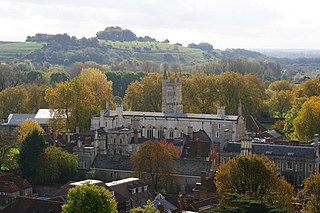
Winchester College is an English public school with some provision for day attendees, in Winchester, Hampshire, England. It was founded by William of Wykeham in 1382 as a feeder school for New College, Oxford, and has existed in its present location ever since. It is the oldest of the nine schools considered by the Clarendon Commission. The school has begun a transition to become co-educational, and has accepted male and female day pupils from September 2022, having previously been a boys' boarding school for over 600 years.
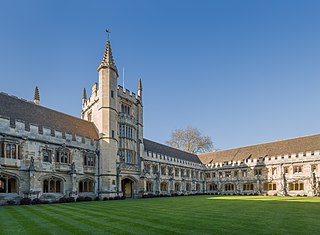
Magdalen College is a constituent college of the University of Oxford. It was founded in 1458 by Bishop of Winchester William of Waynflete. It is one of the wealthiest Oxford colleges, as of 2022, and one of the strongest academically, setting the record for the highest Norrington Score in 2010 and topping the table twice since then. It is home to several of the university's distinguished chairs, including the Agnelli-Serena Professorship, the Sherardian Professorship, and the four Waynflete Professorships.

King Edward's School (KES) is an independent day school for boys in the British public school tradition, located in Edgbaston, Birmingham. Founded by King Edward VI in 1552, it is part of the Foundation of the Schools of King Edward VI. It is a member of the Headmasters' and Headmistresses' Conference.

Clifton College is a public school in the city of Bristol in South West England, founded in 1862 and offering both boarding and day school for pupils aged 13–18. In its early years, unlike most contemporary public schools, it emphasised science rather than classics in the curriculum, and was less concerned with social elitism, for example by admitting day-boys on equal terms and providing a dedicated boarding house for Jewish boys, called Polack's House. Having linked its General Studies classes with Badminton School, it admitted girls to every year group in 1987, and was the first of the traditional boys' public schools to become fully coeducational. Polack's House closed in 2005 but a scholarship fund open to Jewish candidates still exists. Clifton College is one of the original 26 English public schools as defined by the Public Schools Yearbook of 1889.

Tonbridge School is a public school in Tonbridge, Kent, England, founded in 1553 by Sir Andrew Judde. It is a member of the Eton Group and has close links with the Worshipful Company of Skinners, one of the oldest London livery companies.
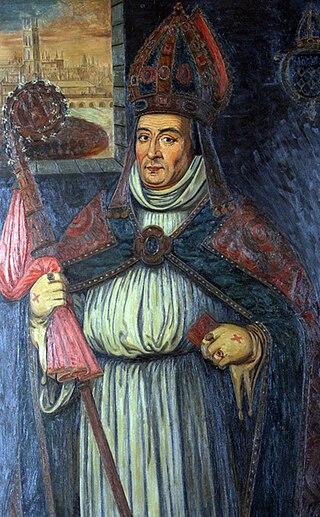
William Waynflete, born William Patten, was Headmaster of Winchester College (1429–1441), Provost of Eton College (1442–1447), Bishop of Winchester (1447–1486) and Lord Chancellor of England (1456–1460). He founded Magdalen College, Oxford, and three subsidiary schools, namely Magdalen College School in Oxford, Magdalen College School, Brackley in Northamptonshire and Wainfleet All Saints in Lincolnshire.

Bloxham School, also called All Saints' School, is a private co-educational day and boarding school of the British public school tradition, located in the village of Bloxham, three miles (5 km) from the town of Banbury in Oxfordshire, England. The present school was founded in 1860 by Philip Reginald Egerton and has since become a member of the Woodard Corporation. The current headmaster is Paul Sanderson, who took over from Mark Allbrook in 2013. The school has approximately 515 pupils.
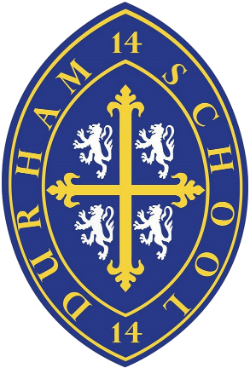
Durham School is a fee-charging boarding and day school in the English public school tradition located in Durham, North East England. Since 2021 it has been part of the Durham Cathedral Schools Foundation.
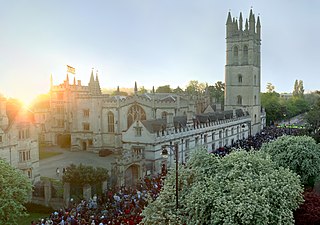
The Hymnus Eucharisticus is a traditional hymn sung by the choir of boy choristers and academical clerks of Magdalen College, Oxford in England, supported by professional stipendary clerks. The choristers are boys from Magdalen College School and the academical clerks are students from Magdalen College at the University. The hymn is best known for its role in the events of May Morning, a 500-year-old tradition where the choir sings the hymn from Magdalen Tower at 6 a.m. each year on 1 May. This initiates the annual May Morning celebrations in Oxford. Large crowds gather in the High Street and on Magdalen Bridge to listen. The sound is very faint, although more recently amplification has been used. The crowds then disperse for other celebratory activities such as Morris Dancing. The hymn is also sung from the gallery of the college's Great Hall during important college occasions.

Magdalen College School, Brackley, in Northamptonshire, is one of three ancient "Magdalen College Schools", the others being Magdalen College School in Oxford, and Wainfleet All Saints in Lincolnshire, all associated with Magdalen College, Oxford and its founder William Waynflete, Bishop of Winchester. Located in the town of Brackley, the school occupies two sites: Waynflete site and St John's site. The Waynfleye site was formerly a Secondary Modern school. This site accommodates most of the secondary school students' lessons, after which students transfer to the St John's site for more of their lessons during the Sixth Form. Today the school has approximately 1,500 students, and averages 59% A*–C at GCSE

St George's School, Windsor Castle is a co-educational independent preparatory school in Windsor, near London, England. Founded to provide choirboys for the Choir of St George's Chapel, it now educates over 400 boys and girls.

New College School is a private preparatory school for boys aged 4 to 13 in Oxford. It was founded in 1379 by William of Wykeham to provide for the education of 16 choristers for the chapel of New College, Oxford.
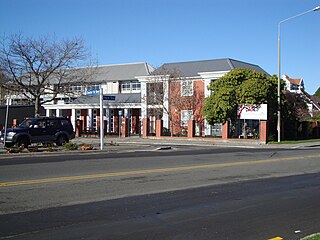
The Cathedral Grammar School is an independent, Anglican preparatory day school in Christchurch, New Zealand. The school is situated on a site covering two blocks in mid-Christchurch next to the Avon River and adjacent to Hagley Park, which it uses for its playing fields. It is in close proximity to Christ's College, the Canterbury Museum, the Christchurch Art Gallery and the Christchurch CBD.

Christ Church Cathedral School is an independent preparatory school for boys in Oxford, England. It is one of three choral foundation schools in the city and educates choristers of Christ Church Cathedral, and the Chapels of Worcester College and Pembroke College. It is a member of the IAPS and the Choir Schools Association.
Events from the 1480s in England. This decade marks the beginning of the Tudor period.

Salisbury Cathedral School is a co-educational independent school in Salisbury, Wiltshire, England, which was founded in 1091 by Saint Osmund. The choristers of Salisbury Cathedral are educated at the school.

King's College School is a coeducational independent preparatory school for children aged 4 to 13 in Cambridge, England, situated on West Road off Grange Road, west of the city centre. It was founded to educate the choristers in the King's College Choir during the 15th century. Although no longer located on College grounds, it remains an integral part of the Chapel's musical tradition and is still governed by and receives some funding from the College. The school is part of the same historic foundation as Eton College. The most recent full integrated Independent Schools Inspectorate (ISI) inspection awarded the grade "excellent" in all 9 categories.
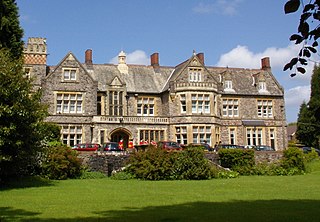
St John's College is an independent co-educational day school in the village of Old St Mellons in Cardiff, Wales. It is the choir school of Wales' national Catholic cathedral, Cardiff Metropolitan Cathedral.

Truro Cathedral School was a Church of England school for boys in Truro, Cornwall. An ancient school refounded in 1549 as the Truro Grammar School, after the establishment of Truro Cathedral in the last quarter of the 19th century it was responsible for educating the cathedral's choristers and became known as the Cathedral School.

Reigate St Mary's Preparatory and Choir School is a mixed private prep and choir school in Reigate, Surrey, England.






















